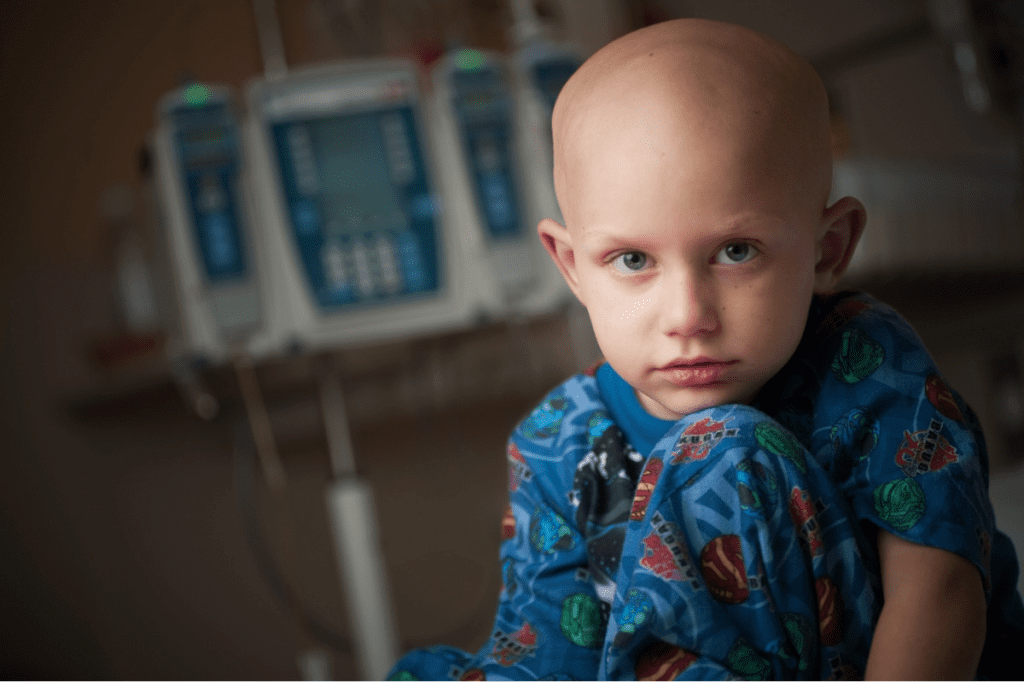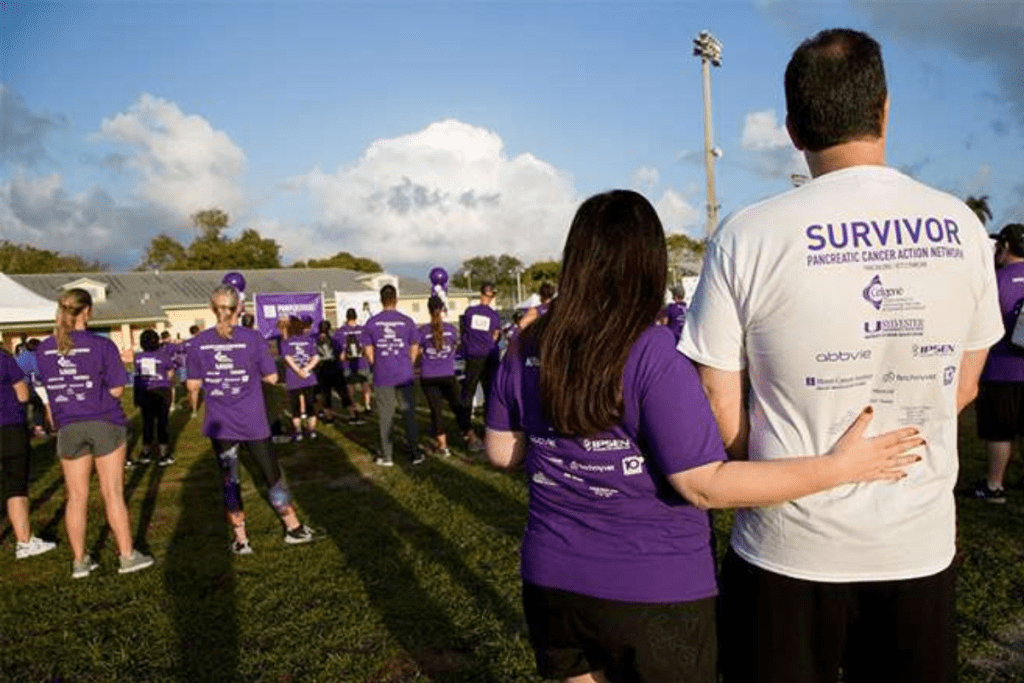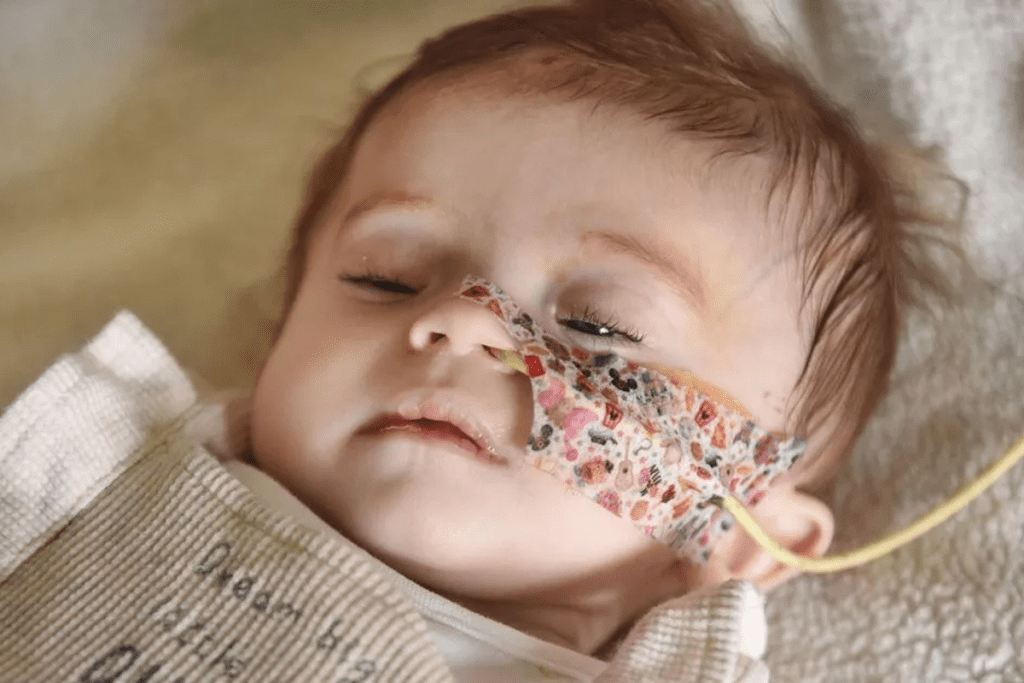Last Updated on October 20, 2025 by
The world of childhood cancer treatment has changed a lot. It now gives hope to families everywhere. Thanks to new medical research, what was once a scary diagnosis is now a story of hope and healing.
The American Cancer Society says more than 80% of kids and teens with cancer live five years after being diagnosed. This shows how far treatment and care have come. Places like livhospital.com are leading the way with new treatments that are changing survival rates.

We’re moving towards a future where a cancer cure is possible for many. Looking at pediatric cancer treatment today, we see it’s not just about treatment. It’s about giving kids the care they need to get better.
Every year, many children are diagnosed with cancer. This shows we need better awareness and treatment options. Childhood cancer affects not just the child but the whole family.

St. Jude Children’s Research Hospital says about 400,000 kids get cancer every year worldwide. This number shows how big a problem childhood cancer is globally. The global incidence of childhood cancer changes, with some types more common in certain places.
Knowing cancer statistics is key for doctors, policymakers, and families. It helps plan treatments and raise awareness. While we’ve made progress in treating some cancers, others are harder to fight.
Spotting cancer early is key to treating it well. Parents and caregivers should watch for signs like constant tiredness, unexplained weight loss, and unusual bruises. Catching these signs early can lead to quicker treatment.
Doctors use physical checks, imaging, and lab tests to find cancer in kids. New ways to diagnose have made it faster and more accurate. We stress the need for early diagnosis to help kids with cancer.
Pediatric cancer survival rates have greatly improved over time. This is due to better medical treatments. We now know more about and can fight childhood cancer better, helping more young patients survive.
In the last few decades, kids with cancer have had a much better chance of survival. The National Cancer Institute reports a big jump in 5-year survival rates for kids with cancer. This success comes from better treatments like chemotherapy, radiation, and surgery, plus better care for patients.
Key factors contributing to improved survival rates include:
Today, about 80% of kids with cancer in the U.S. survive for 5 years. This shows how far we’ve come in fighting childhood cancer. We’re seeing better results for some cancers, too.
The role of cancer charitable organizations in funding research and supporting families is huge. They help us learn more about childhood cancer and find new treatments.

We’re hopeful for even more progress in fighting pediatric cancer. The work of doctors, researchers, and charities is key to beating childhood cancer.
There’s a big difference in how well kids with cancer do in rich and poor countries. This shows we need to work together to fight childhood cancer worldwide.
The money a country has affects how well kids with cancer do. In rich countries, over 80% of kids with cancer get better thanks to good healthcare and new treatments. But in poor countries, less than 30% survive because they don’t have access to good care.
The main reason for this gap is the difference in healthcare. Rich countries have many places where kids with cancer can get help. Poor countries don’t have these places, making it hard for kids to get the care they need.
Many things cause the difference in how well kids with cancer do in rich and poor countries. These include:
To show the difference, let’s look at how kids do in different places:
| Region | Survival Rate | Main Challenges |
|---|---|---|
| High-Income Countries | More than 80% | Access to advanced treatments, complete care |
| Low-Income Countries | Less than 30% | Hard to get to healthcare, no special centers |
| Middle-Income Countries | Variable, getting better | Getting more care, building up places |
Groups like cancer charities and child cancer research funding are working to close this gap. They help make sure kids get the care they need, support places where kids can get help, and fund research for new treatments.
By understanding why there’s a gap, we can make sure all kids get the best cancer care, no matter where they live.
The fight against pediatric cancer is getting better, with leukemia and other cancers becoming more treatable. We’ve seen big steps forward in treating childhood cancer. This has led to better survival rates and a better life for young patients.
Leukemia is a common childhood cancer that has seen big improvements in treatment. The American Cancer Society says that survival rates have gone up a lot in recent years.
Several things have helped improve leukemia treatment. These include:
Thanks to these advances, leukemia is now a highly treatable condition for many kids.

Other childhood cancers, like Hodgkin lymphoma, Wilms tumor, and certain brain tumors, are also getting better. This is thanks to advances in medical science.
What’s helped these cancers get better includes:
By keeping up the good work in understanding and treating these cancers, we can keep improving outcomes for kids with cancer.
Even with medical progress, some rare childhood cancers are tough to treat. The National Cancer Institute says some cancers in kids are hard to cure. We’re facing big challenges in treating these aggressive cancers.
Rare cancers in kids are a big problem. They are often found late, making treatment harder. Studies show cancers like sarcomas and brain tumors have lower survival rates than others.
“The prognosis for children with rare and aggressive cancers remains a significant concern.” We’re working hard to improve how we diagnose and treat these cancers. Our goal is to find better, safer treatments.
Another big issue is when cancers stop responding to treatment and come back. This makes treatment harder and often leads to a worse outcome.
“The development of resistance to cancer treatment is a major barrier to successful therapy, highlighting the need for novel and innovative treatment approaches.”
Scientists are looking into new ways to fight cancer, like targeted and immunotherapies. These methods aim to help kids with cancers that don’t respond to usual treatments.
We celebrate more childhood cancer survivors every year. But we must also talk about the long-term effects they face. Studies show that up to two-thirds of survivors may have lasting health issues.
The American Cancer Society says survivors of childhood cancer may face long-term health problems. These issues depend on the cancer type, treatment, and age at diagnosis.
Childhood cancer survivors may have physical late effects from their treatment. These can include:
It’s important to know these late effects for proper follow-up care. Here’s a table with common physical late effects and their treatments:
| Treatment | Potential Late Effect |
|---|---|
| Anthracycline chemotherapy | Cardiomyopathy |
| Radiation to the chest | Cardiovascular disease |
| Craniospinal radiation | Cognitive difficulties |
Childhood cancer survivors also face psychological and social challenges. These can include anxiety, depression, and trouble with relationships.
Support from family, friends, and healthcare providers is key. Cancer charitable organizations also offer vital resources and support services for survivors.
By understanding and addressing these long-term effects, we can enhance the lives of childhood cancer survivors.
Today, treating pediatric cancer involves many experts working together. This team effort is key to better care for kids with cancer. It helps tackle the complex needs of these young patients.
Teams of doctors and specialists are vital in fighting childhood cancer. Places like St. Jude Children’s Research Hospital show how teamwork leads to better care. This team approach makes sure every part of a patient’s care is covered.
Key members of these teams include:
Genetic sequencing and molecular diagnostics have changed pediatric oncology. They help us create treatments that match a child’s cancer. Targeted therapies, which attack cancer cells directly, are also key in our treatments.
| Therapy Type | Description | Benefits |
|---|---|---|
| Targeted Therapy | Focuses on specific characteristics of cancer cells | Reduces harm to healthy cells, with fewer side effects |
| Personalized Medicine | Tailors treatment based on genetic information | More effective treatment, improved outcomes |
| Multidisciplinary Care | Combines expertise from various medical professionals | Comprehensive care, better patient support |
By using these modern methods, we’re making big progress in treating childhood cancer. As we learn more, the outlook for kids with cancer is getting brighter.
Specialized institutions play a big role in fighting pediatric cancer. They follow international treatment protocols and standards. This helps improve survival rates and the quality of life for children with cancer.
Places like those on livhospital.com stick to strict international protocols. The World Health Organization (WHO) says global collaboration is key. This leads to better treatment outcomes.
“The adoption of international treatment protocols has been instrumental in improving the survival rates of children with cancer. It ensures that patients receive standardized, high-quality care regardless of their geographical location.”
WHO Statement
By following these protocols, these institutions offer care that meets global standards. This boosts treatment success chances. It also helps share knowledge and innovation worldwide.
Innovation is key in fighting pediatric cancer. Specialized institutions lead in clinical trials and new treatments. This is vital for moving the field forward and giving hope to patients.
| Institution Type | Role in Pediatric Cancer Care | Innovation Focus |
|---|---|---|
| Specialized Cancer Centers | Provide complete care following international protocols | Creating targeted therapies |
| Research Institutions | Run clinical trials for new treatments | Immunotherapy and gene therapy |
| Collaborative Networks | Help global collaboration and knowledge sharing | Standardizing care protocols |
A study on PMC shows the importance of teamwork. Specialized institutions and research bodies working together are essential. It helps share resources, expertise, and data, leading to better treatments.
By sticking to international protocols and focusing on innovation, these institutions are making great progress. Their work not only raises survival rates but also improves the lives of young patients. It gives them a better future.
We look back at how far pediatric cancer treatment has come. Survival rates and quality of life for survivors have greatly improved. The future looks bright, thanks to ongoing research and new ways to cure cancer.
The World Health Organization aims to save at least 60% of children with cancer by 2030. To achieve this, we need more support from charities and global teamwork. Investing in research and better treatments is key to making progress.
Together, we can make sure every child with cancer gets the best care, no matter where they are. The battle against pediatric cancer is far from over. But with new research and treatments, we’re hopeful for better results for kids all over the world.
The survival rate for kids with cancer has greatly improved. Some cancers now have survival rates over 90%. This is thanks to better treatments and care.
Common cancers in kids include leukemia, brain tumors, and lymphoma. Leukemia is the most common, making up a big part of childhood cancer cases.
Doctors use physical checks, MRI and CT scans, and biopsies to find cancer in kids. These tests help see if there are cancer cells in the body.
Signs of cancer in kids include tiredness, weight loss, pain, and lumps. These symptoms need a doctor’s check-up right away.
Outcomes for kids with cancer differ worldwide. Rich countries usually have better survival rates. This is because they have better treatments and care.
Charities are key in funding cancer research for kids. They help find new treatments and support families dealing with childhood cancer.
Kids who beat cancer may face long-term issues. These can include problems with fertility, thinking, and feeling. They need ongoing support and care.
Personalized medicine means treatments are made just for each child. It uses their genetic info and cancer details. This makes treatments better and safer.
Teams of specialists work together to care for kids with cancer. They make sure all treatment aspects are well-coordinated and effective.
Specialized places follow global treatment standards. They join clinical trials and innovate in care. This helps improve survival rates and quality of life for survivors.
The future for treating kids with cancer looks bright. Ongoing research and new treatments are on the horizon. International teamwork will keep improving survival rates and outcomes.
Subscribe to our e-newsletter to stay informed about the latest innovations in the world of health and exclusive offers!